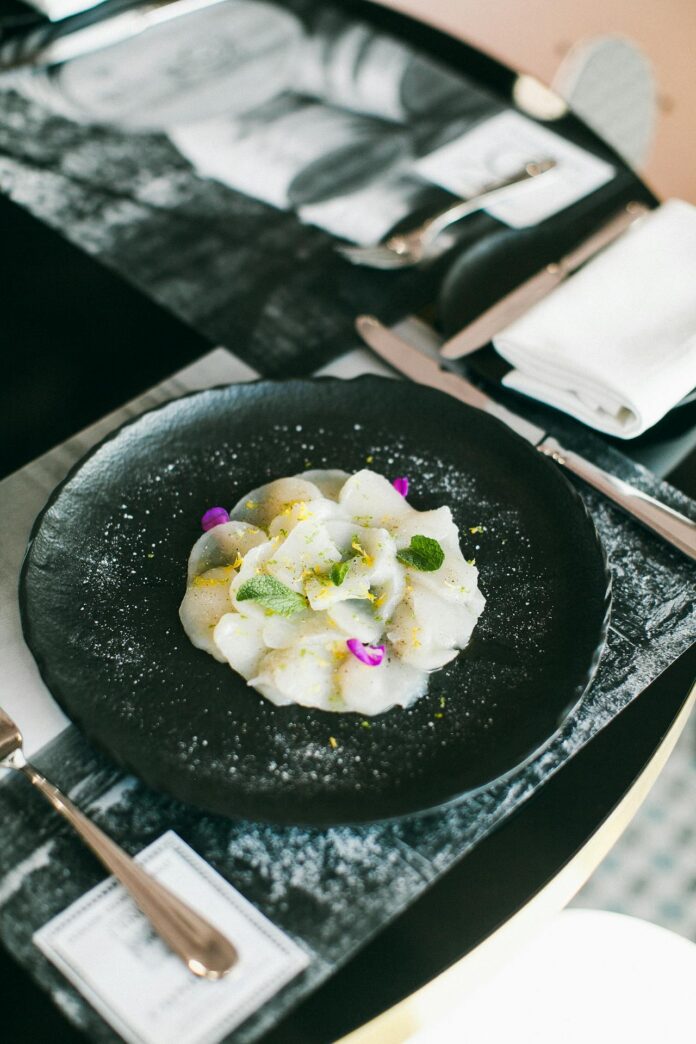Experts at Japanese Casino have recently highlighted a common mistake that many Brits make when eating noodles: they are not slurping.
In Japanese culture, slurping noodles is not just acceptable but is considered the proper way to enjoy this popular dish.
Embracing the Art of Slurping
The team at Japanese casino pointed out a fascinating cultural difference: many Brits are eating noodles incorrectly by not slurping. In Japan, slurping noodles is not only acceptable but is the preferred way to enjoy this popular dish. Slurping serves multiple purposes. It helps to cool the hot noodles, making them easier to eat, and it enhances the flavour and aroma of the dish. By slurping, diners can fully appreciate the rich, savoury broth that often accompanies Japanese noodle dishes like ramen or soba. Additionally, slurping is a sign of appreciation and respect for the chef, indicating that the food is delicious.
Other Japanese Culinary Practices
Sushi Etiquette
When eating sushi, it’s customary to dip the fish side, not the rice side, into the soy sauce. This prevents the rice from absorbing too much soy sauce and falling apart. Additionally, sushi should be eaten in one bite to appreciate the combination of flavours. It is also polite to use the back end of chopsticks when taking food from a shared plate.
Drinking Customs
In Japan, it is considered impolite to pour your own drink. Instead, you should pour drinks for others, and they will return the favour. When someone pours a drink for you, it’s polite to hold your glass with both hands. Before drinking, it’s customary to say “kanpai,” which means “cheers.”
Bento Box Presentation
Bento boxes, or packed lunches, are a significant part of Japanese culture. The presentation of the food is almost as important as the taste. A well-prepared bento is colourful and neatly arranged, often resembling a work of art. This attention to detail reflects the Japanese value of aesthetics in everyday life.
Use of Seasonal Ingredients
Japanese cuisine places a strong emphasis on using seasonal ingredients, known as “shun.” This practice ensures that dishes are made with the freshest and most flavourful ingredients available. Eating seasonal foods is believed to be healthier and more in harmony with nature.
Chopstick Etiquette
Proper chopstick etiquette is essential in Japan. It’s considered rude to point with chopsticks, spear food with them, or leave them sticking upright in a bowl of rice, as this resembles a funeral offering. Chopsticks should be placed parallel to the edge of the table or on a chopstick rest when not in use.
The team at Japanese Casino says,
Understanding and embracing these cultural nuances can significantly enhance your dining experience and show respect for Japanese traditions. Whether it’s slurping your noodles, practising proper chopstick etiquette, or appreciating the seasonal ingredients in your meal, these small gestures can lead to a deeper appreciation of the rich and varied world of Japanese cuisine. So next time you enjoy a bowl of ramen, don’t hesitate to slurp away – it’s the Japanese way!
Help keep news FREE for our readers
Supporting your local community newspaper/online news outlet is crucial now more than ever. If you believe in independent journalism, then consider making a valuable contribution by making a one-time or monthly donation. We operate in rural areas where providing unbiased news can be challenging. Read More About Supporting The West Wales Chronicle























